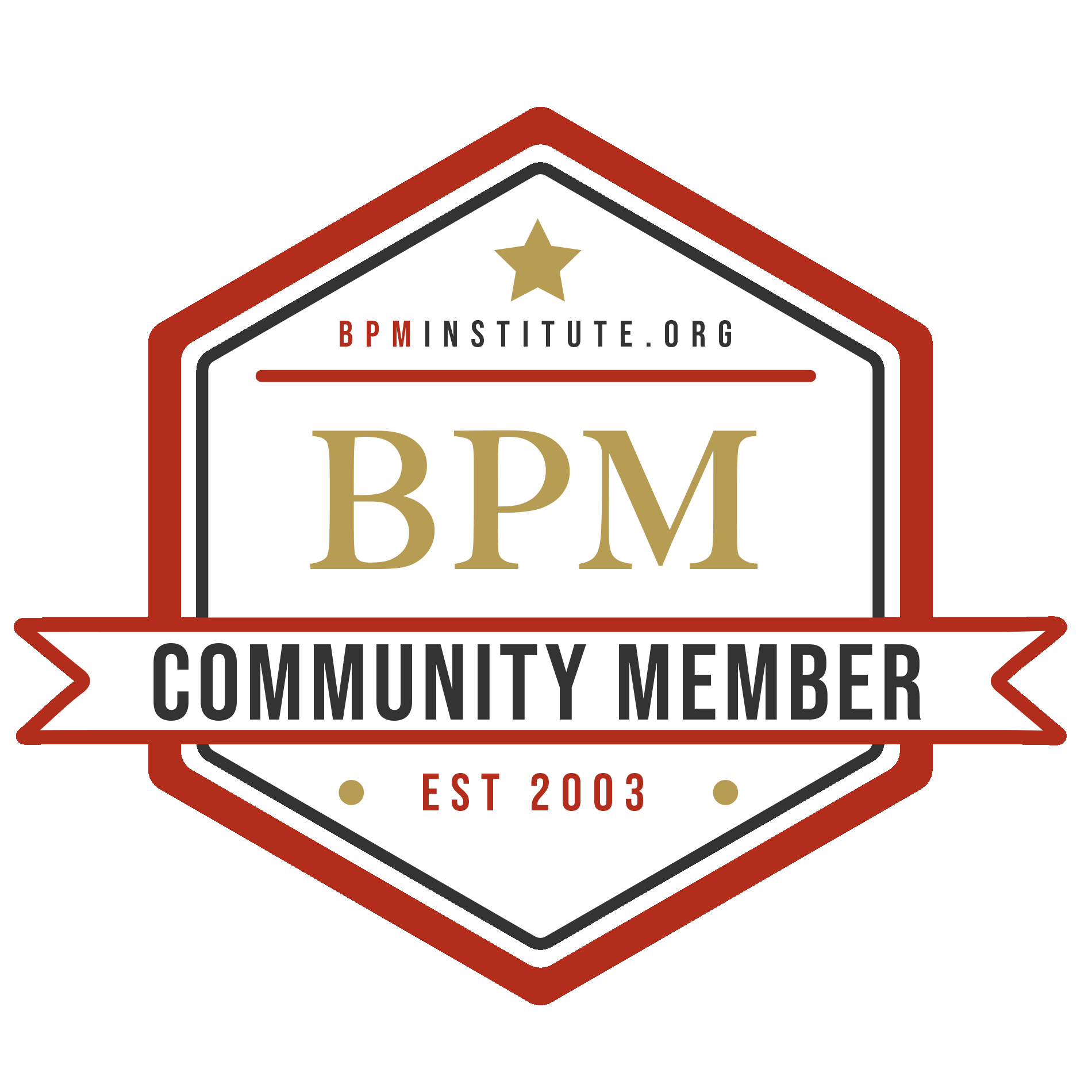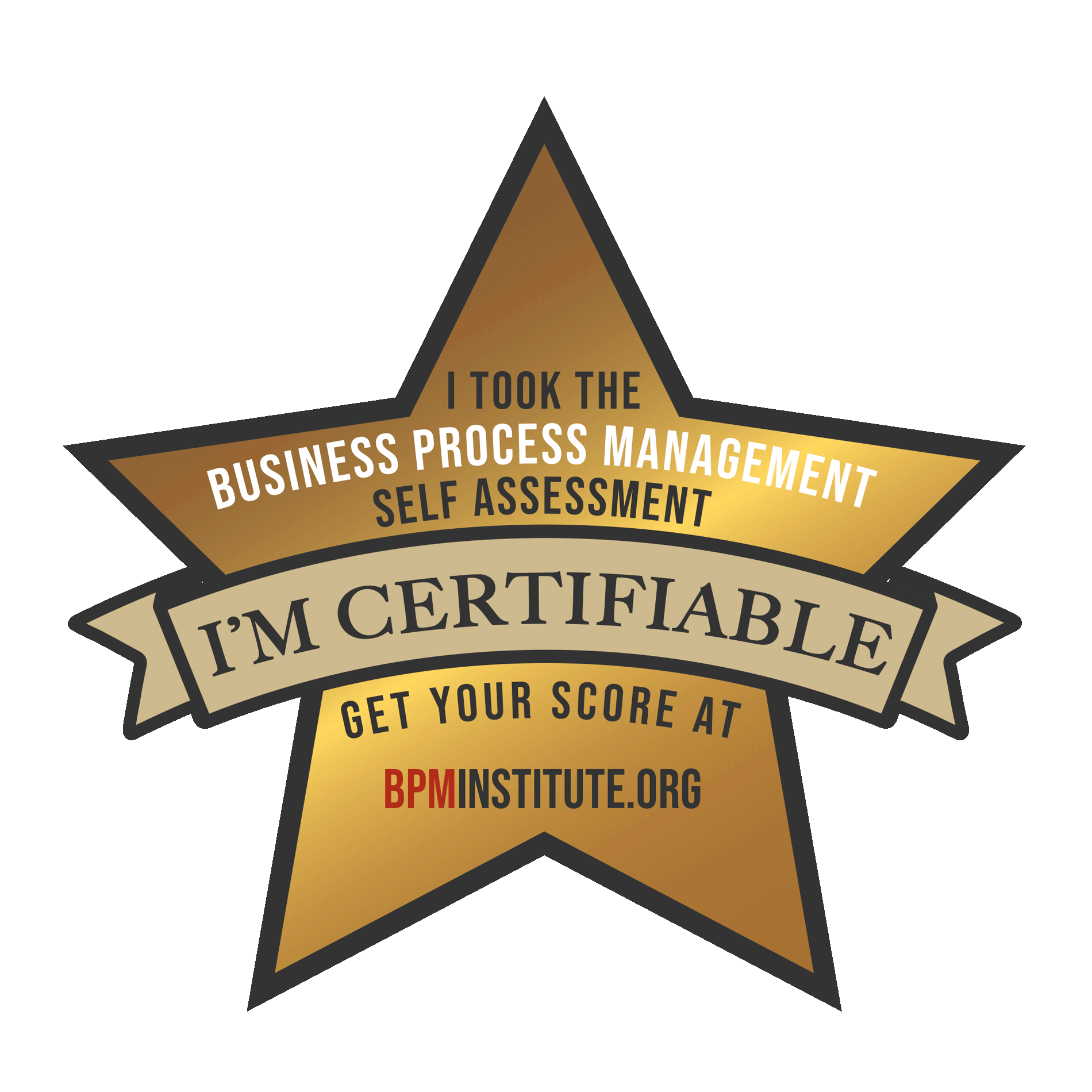Larry was at the headquarters of one of the largest industrial organizations in the U.S. and his task, on behalf of a business rules technology vendor, was to understand why this client had decided to replace his client’s technology with a package. The decision could not have been taken lightly – this was a custom built order processing system, a huge system by any measure. It had been built but ten years previously at a cost that ran into eight figures. By the vendor’s count it contained over 20,000 rules.

July 24, 2006

Larry Goldberg
Business Decision Management (BDM) / Business Rules (BR)
Articles by: Larry Goldberg
Don’t Panic, It May be Simpler than you Think! Business Processes and Business Rules need not be Complex
Introduction:
Business Decision Management in 2009
Happy New Year. I think.
2009 opens with the most ominous, and the most hopeful of portents. With the global economy in its deepest dive since the great depression we are holding our collective breath in the hope that the government can steer us away from a calamity such as was experienced in that terrible era. At the same time we welcome an historic new U.S. President, and wish him (and us) success, whatever our political stripe.
Requirements and Design Approaches for Adaptive Software
In the first article of this series, the idea of an emergent environment was introduced. There are several key properties of a setting where an emergent approach for process development can be highly effective. These include environments where there is:
Lack of CertaintyDesire for AgilitySkills Disparity
How Do We Do Requirements?
Attending the recent IBM Rational Conference, I listened to some very interesting conversation around the subject of requirements – Rational now has not one, not two but three different “Requirement” tools – its ‘legacy’ product, Requisite Pro, the newly acquired Doors product from Telelogic (now an IBM company) and a newly announced “Requirements Composer”, part of its new software development portal dubbed “Jazz”.
Strategic Decisions
In these pages over the last year we have focused on the business value of separating Business Rules from Business Process, and using Business Decisions as both organizing principal for those Business Rules, and as a means of managing the rules. The value of the Business Decision Management (BDM) approach is multifold, as the Business Decision is the natural means of connecting Business Rules to Business Process in a BPM environment.
The Role of the Decision
The Decision’s the Thing…
“The play’s the thing / wherein I will capture the conscience of the King” Hamlet (II.ii. 582-583)
Seven Deadly Sins of Business Rules
“According to CIO magazine, up to 71 percent of IT project failures are caused by an ineffective requirements process.”
Business Rules are the orphan child of the requirements process, and our failure to address this issue continues to contribute significantly to IT failure.
What follows are seven deadly sins that continue to relegate rules to a second class status. We discuss the root cause of the problem, and postulate on potential solutions.
#1: Business rules are captured during design, if at all.
A Step Towards Revolution
![]()
This article originally appeared in the members-only quarterly BPM Strategies Magazine. Join today to receive your own copy.
Oh, the Tangled Web We Weave
Business Rule Management Systems (BRMS) coupled with commercial off-the-shelf (COTS) applications are prevalent today. Together and separately, they provide rapid and satisfactory solutions to particular problems in specific business areas. In fact, the most common use of BRMS today is for self-contained point solutions in a functional area of a business.


























